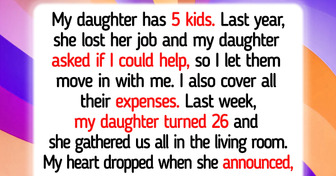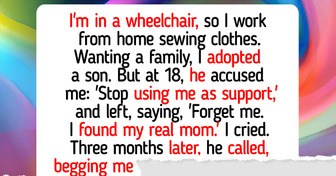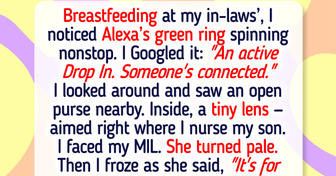I Refused to Give Up My Promotion to My Single-Mom Coworker—Now I’m the Office Villain
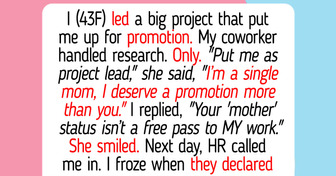
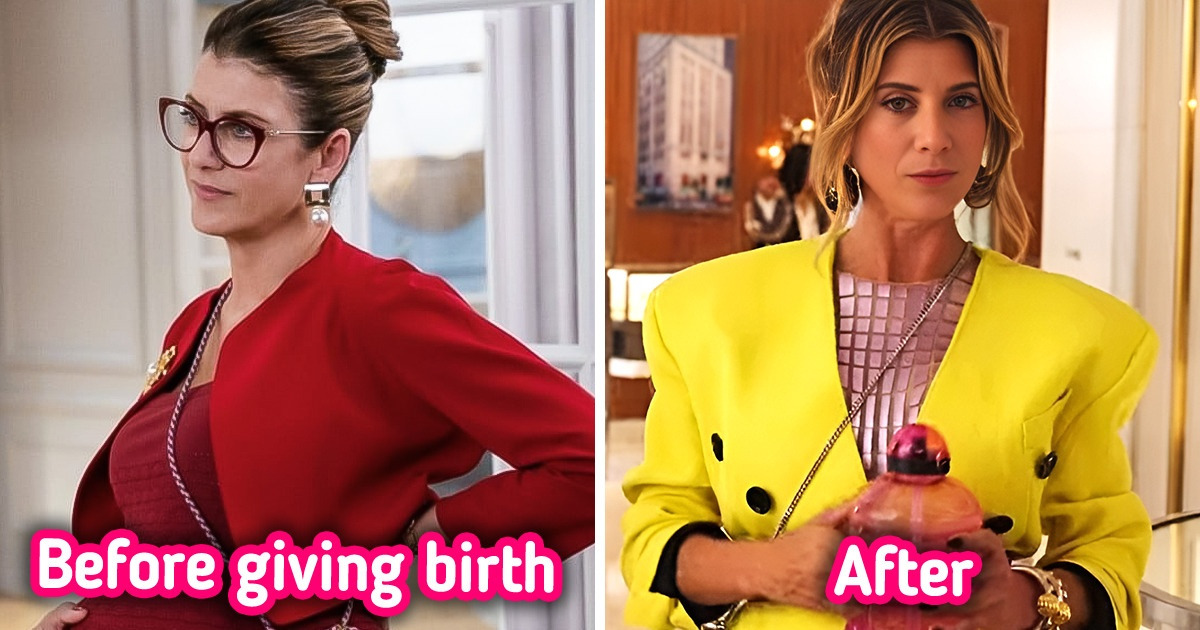
Movies and series usually show certain aspects of everyday life in a rosy light, which can modify our perception of reality. So when something like that happens in real life, it has absolutely nothing to do with what we see on screen. A clear example is how the film and television industry represents pregnancy and childbirth. They are made to look like either the simplest thing or so terrifying that the very idea makes our skin crawl.
According to tradition, the baby shower should be organized by friends or relatives of the mother-to-be. The guests are usually women who have already been mothers —or not— and each one is supposed to bring a gift for the baby. All in all, it should be a joyous event where everyone has a nice time. However, on the screen, we see that some guests were forced to attend and find the whole thing cheesy, so they want to flee immediately.
About 30% of women get pregnant at the first attempt, but in the movies or series, this happens 100% of the time. The protagonist gets pregnant by accident on the first try. Yet, in real life, it usually takes up to a year for the test to be positive.
It was speculated that cravings during pregnancy responded to a woman’s nutritional needs. However, it seems that they arise from a psychological urge that can be controlled. And, of course, Hollywood uses this situation and turns it into a comedy. So they show pregnant women sending their partners out for pickles and ice cream at 1 a.m. or craving foods they would not normally eat, such as meat, when their diet is vegetarian.
Another great myth connected to pregnancy is the idea that you should “eat for two” with a voracity worthy of someone who’s famished. While extra calories are needed at this stage, the amount is not doubled.
In the movies, childbirth begins when the water breaks, spilling tons of liquid, usually on the feet of someone awful or at the worst possible time. The truth is about 15% of pregnant women go into labor when their water breaks. If it happens, it is not as dramatic as we see it on TV, and the soon-to-be mom is already in the hospital when labor is in full swing.
In movies, hospitals seem to have no rules about how many people can come in to see the newborn baby. Although the number of people in addition to the medical team has now increased, it is recommended that during labor, only the parents should be present. After the baby is born, visitors are limited.
In movies or series, pregnant women feel a contraction and immediately say, “It’s time.” So their partners race them to the hospital because labor is imminent. But the first contractions are not always a sign that the baby is about to come. Labor can last for hours until it’s time for delivery.
Childbirth is undeniably painful, but Hollywood portrays it so that the mother-to-be looks rather demonic. However, screaming during active labor may not be the best option, as it wastes a lot of energy. In reality, women often make different sounds, like deep moans and grunts, which are much more helpful than screaming at the top of your lungs.
Having perfect makeup and hairstyle during childbirth is a real utopia. Women in labor use most of their energy and go under a lot of stress, so they are not supposed to look flawless after giving birth. But of course, in movies or series, the protagonist delivers her baby without her mascara running.
And when the baby is finally born, it looks pink, chubby, and sparkling clean on the screen. That’s because these babies are usually several days old.
However, in reality, babies are born covered in amniotic fluid and blood. The medical team then proceeds to clean the baby, leaving only the layer of vernix —a protective substance of the skin in newborns— that accumulates on the back, folds, and head. It later disappears after the first couple of baths.
In real life, the belly does not disappear out of the blue; and recovery after childbirth usually takes some time, as the female body has spent a great deal of energy delivering the baby. It may take months for the woman to get back into her previous shape—or it may never happen. This is not the case in movies or TV, where the protagonists recover so quickly that they go back to work wearing fashionable clothes as if nothing has happened to them.



